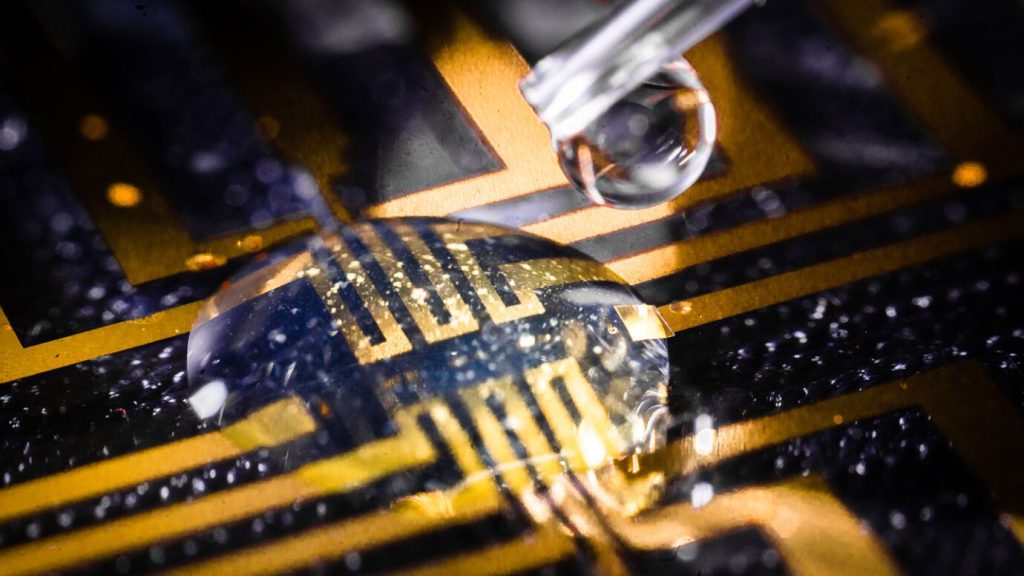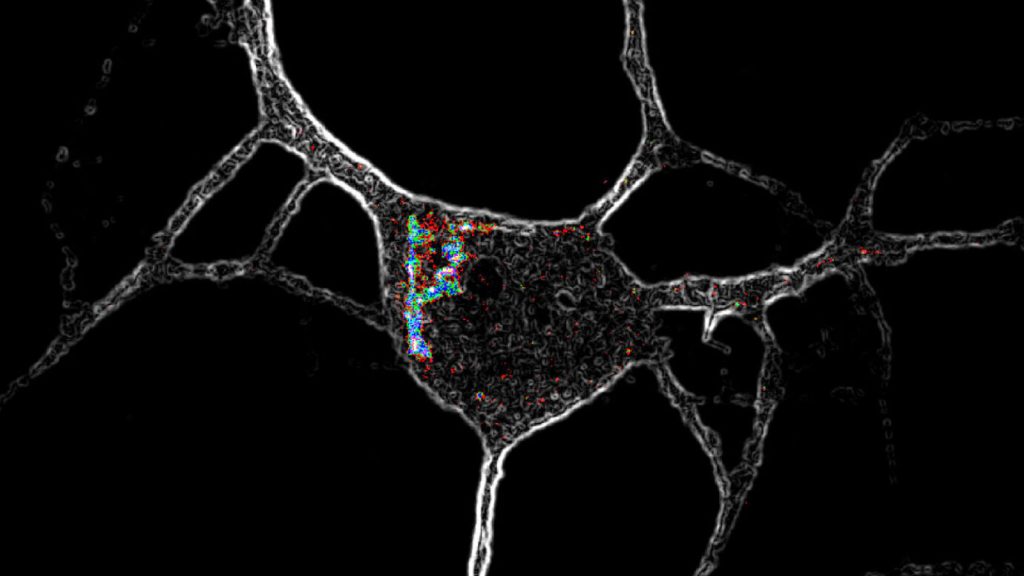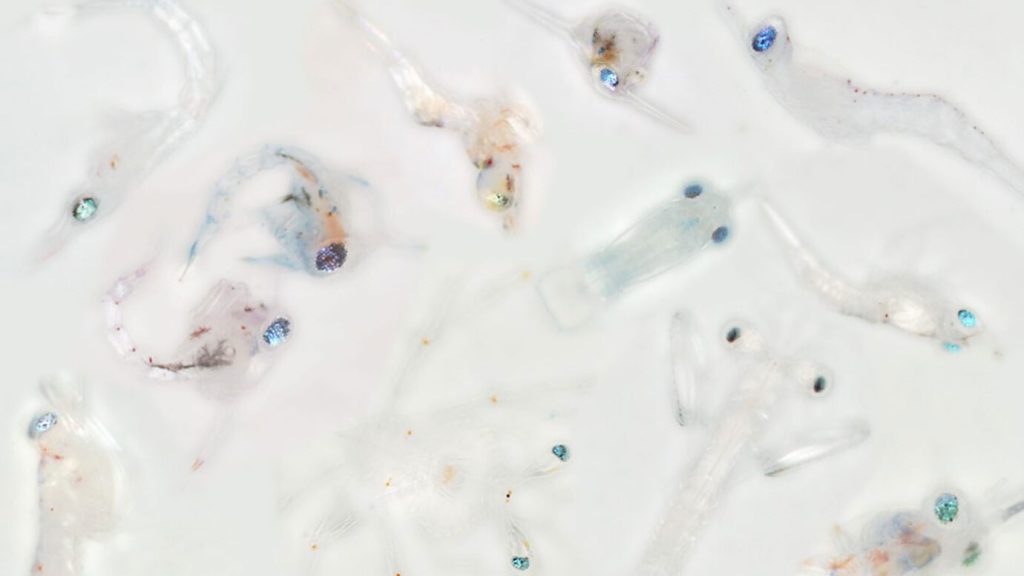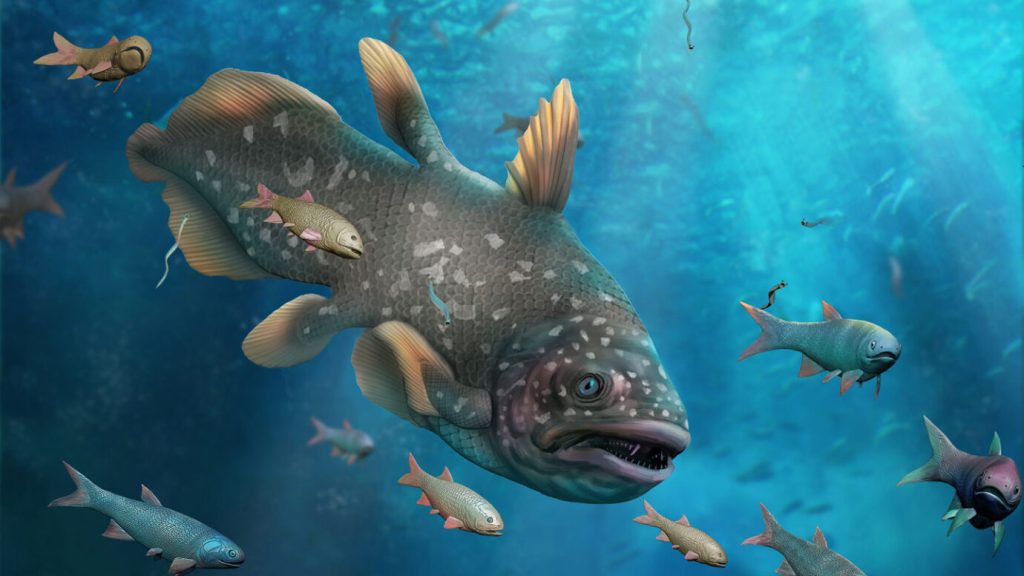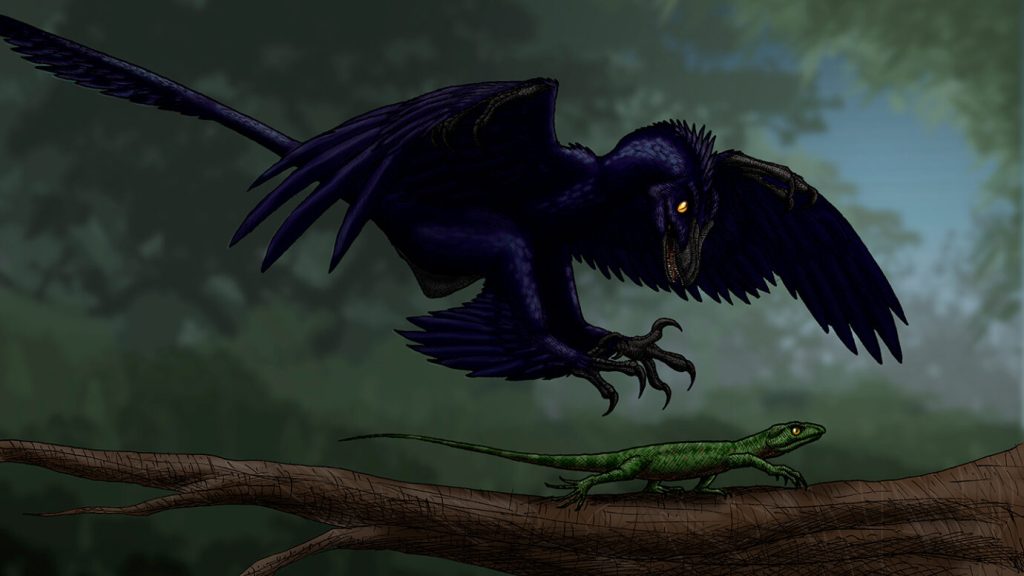Fungi don’t turn humans into zombies. But The Last of Us gets some science right

Like so many others, I’ve been watching the HBO series The Last of Us. It’s a classic zombie apocalypse drama following Joel (played by Pedro Pascal) and Ellie (Bella Ramsey) as they make their way across the former United States (now run by a fascist government called Fedra).
I’m a big fan of zombie and other post-apocalyptic fiction. And my husband had told me how good the storyline is in the video game that inspired the series, so I was prepared for interesting storytelling. What I didn’t expect was to be so intrigued by the science behind the sci-fi.
In the opening minutes of the series, two scientists on a fictional 1968 talk show discuss the microbes that give them pandemic nightmares. One says it’s fungi — not viruses or bacteria — that keep him awake. Especially worrisome, he says, are the fungi that control rather than kill their hosts. He gives the example of fungi that turns ants into living zombies, puppeteering the insects by flooding their brains with hallucinogens.
He goes on to warn that even though human body temperature keeps us fungus-free, that might not be true if the world got a little bit warmer. He predicts that as the thermostat climbs, a fungus that hijacks insects could mutate a gene allowing it to burrow into human brains and take control of our minds. Such a fungus could induce its human puppets to spread the fungus “by any means necessary,” he says. What’s worse, there are no preventatives, treatments or cures, nor any way to make them.
It’s a brief segment, but it had me hooked. It all sounded so chilling and … plausible. After all, fungi like ones that cause nail infections, yeast infections and ringworm already infect people.
So I consulted some experts on fungal infections to find out whether this could actually happen.
I’ve got good news and bad news.
First, the bad news.
Bad news: Climate change has already helped one fungus mutate to infect humans
I wanted to know if warming has spurred any fungi to mutate and become infectious. So I called Arturo Casadevall. He has been thinking about fungi and heat for a long time. He’s proposed that the need to avoid fungal infections may have provided the evolutionary pressure that drove mammals and birds to evolve warm-bloodedness (SN: 12/3/10).
Most fungal species simply can’t reproduce at human body temperature (37° Celsius, or 98.6° Fahrenheit). But as the world warms, “these strains either have to die or adapt,” says Casadevall, a microbiologist who specializes in fungal infections at Johns Hopkins Bloomberg School of Public Health. That raises the possibility that fungi that now infect insects or reptiles could evolve to grow at temperatures closer to human body temperature.
At the same time, humans’ average body temperature has been falling since the 19th century, at least in high-income countries, researchers reported in eLife in 2020. One study from the United Kingdom pegs average body temperature at 36.6° C (97.9° F). And some of us are even cooler.
Fungi’s possible adaptation to higher heat and humans’ cooling body temperature are on a collision course, Casadevall says.
He and colleagues presented evidence of one such crash. Climate change may have allowed a deadly fungus called Candida auris to acclimate to human body temperatures (SN: 7/26/19). A version of the fungus that could infect humans independently emerged on three continents from 2012 to 2015. “It’s not like someone took a plane a spread it. These things came out of nowhere simultaneously,” Casadevall says.
Some people argue that the planet hasn’t warmed enough to make fungi a problem, he says. “But you have to think about all the really hot days [that come with climate change]. Every really hot day is a selection event,” in which many fungi will die. But some of those fungi will have mutations that help them handle the heat. Those will survive. Their offspring may be able to survive future even hotter heat waves until human body temperature is no challenge.
Fungi that infect people are usually not picky about their hosts, Casadevall says. They will grow in soil or — if given an opportunity — in people, pets or in other animals. The reason fungi don’t infect people more often is that “the world is much colder than we are, and they have no need of us,” he says.
When people do get infected, the immune system usually keeps the fungi in check. But fungal infections can cause serious illness or be deadly, particularly to people with weakened immune systems (SN: 11/29/21; SN: 1/10/23).
The second episode of The Last of Us reveals that the zombie-creating fungi initially spread through people eating contaminated flour. Then, the infected people attack and bite others, spreading the fungus.
In real life, most human infections arise from breathing in spores. But Casadevall says it’s “not implausible” that people could get infected by eating spores or by being bitten.
Also bad: Fungal genes can adapt to higher heat
I also wondered exactly how a fungus could evolve in response to heat. Asiya Gusa, a fungal researcher at Duke University School of Medicine, has published one possibility.
In 2020, she and colleagues reported in the Proceedings of the National Academy of Sciences on how one fungus mutated at elevated temperature to become harder to fight.
Cryptococcus deneoformans, which already infects humans (though it’s no zombie-maker), became resistant to some antifungal drugs when grown at human body temperature. The resistance was born when mobile bits of DNA called transposons (often called jumping genes) hopped into a few genes needed for the antifungals to work.
In a follow-up study, Gusa and colleagues grew C. deneoformans at either 30° C or 37° C for 800 generations, long enough to detect multiple changes in their DNA. Fungi had no problem growing at the balmy 30° C (86° F), the temperature at which researchers typically grow fungi in the lab. But their growth slowed at the higher temperature, a sign that the fungi were under stress from the heat.
In C. deneoformans, that heat stress really got things jumping. One type of transposon accumulated a median of 12 extra copies of itself in fungi grown at body temperature. By contrast, fungi grown at 30° C tended to pick up a median of only one extra copy of the transposon. The team reported those results January 20 in PNAS. The researchers don’t yet know the effect the transposon hops might have on the fungi’s ability to infect people, cause disease or resist fungus-fighting drugs.
So yeah, the bad news is not great. Fungi are mutating in the heat and at least one species has gained the ability to infect people thanks to climate change. Other fungi that infect people are more widespread than they were in the 1950s and 1960s, also thanks to a warming world (SN: 1/4/23).
But I promised good news. And here it is.
Good news: Human brains may resist zombification
It may not be our body temperature, but our brain chemistry, that protects us from being hijacked by zombifying fungi.
I consulted Charissa de Bekker and Jui-Yu Chou, two researchers who study the Ophiocordyceps fungi that are the model for the TV show’s fungal menace. These fungi infect ants, flooding the insects with a cocktail of chemicals that steer the ants to climb plants. Once in position, the ants chomp down and the chemicals keep the jaw muscles locked in place (SN: 7/17/19).
Unlike most fictional zombies, the ants are alive during this process. “A lot of people get the misconception that we work on undead ants,” says de Bekker, a microbiologist at Utrecht University in the Netherlands. She’s glad to see the show “stick to the story of the host being very much alive while its behaviors change.” The fungi even help preserve the ant, keeping it alive even while feeding on it. But eventually the ant dies. Then a mushroom rises from the corpse, showering spores onto the ground where other ants may become infected.
Related species of Ophiocordyceps infect various species of ants and other insects. But each fungal species is very specific to the host it infects. That’s because the fungi had to individualize the chemicals they use to control the particular species they infect. The ability to manipulate behavior comes at the cost of not being able to infect multiple species.
A fungus that specializes in infecting ants probably can’t get past humans’ immune systems, says Chou, a fungal researcher at the National Changhua University of Education in Taiwan. “Think of a key that fits into a specific lock. It is only this unique combination that will trigger the lock to open,” he says.
Even if the fungi evolved to withstand human body temperature and immune system attacks, they probably couldn’t take control of our minds, de Bekker says. “Manipulation is like a whole different ballgame. You need a ton of additional tools to get there.” It took millions of years of coevolution for the fungi to master piloting ants, after all.
While fungi do make mind-altering chemicals that can affect human behavior (LSD and psilocybin, for instance), Casadevall agrees that fungi that mind control insects probably won’t turn humans into zombies. “It’s not one of my worries,” he says.
Infected ants don’t turn into vicious, biting zombies either, de Bekker says. “If anything, we actually see the healthy ants being aggressive toward infected individuals, once they figure out that they’re infected, to basically get rid of them.” That “social immunity” helps protect the rest of the nest from infection.
Also good: Humans are innovative enough to develop treatments
The fictional scientist’s assertion that we couldn’t prevent, treat or cure these fungal infections is also a stretch.
Antifungal drugs exist and they cure many fungal infections, though some infections may persist. Some that spread to the brain may be particularly difficult to clear.Some fungi are also evolving resistance to the drugs. And a few fungal vaccines are in the works, although they may not be ready for years.
The experts I talked to say they hope the show will bring attention to real fungal diseases.
Gusa was especially glad to see fungi in the limelight. And she shares my fondness for that retro series opening in which the scientist predicts climate change could spawn mind-controlling fungi bent on infecting every person on the planet.
“I was pretty much yelling at the TV when I watched the [show’s] intro,” in an excited kind of way, she says. “This is the foundation of a lot of my grant funding … the threat of thermal adaptation of fungi.… To see it played out on the screen was something kind of fun.”

